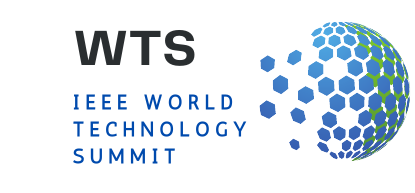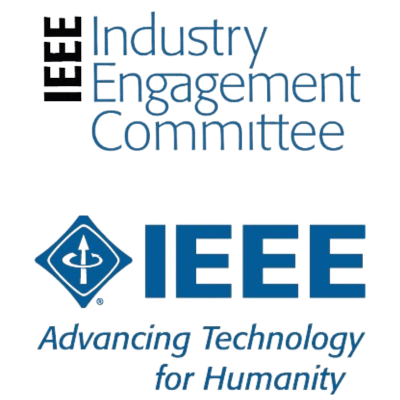IEEE WTS 2025 Program
We have assembled a stellar list of speakers to address a long list of topics suggested by WTS sponsors. Our conference is divided into four sessions: Autonomy, Infrastructure, Components, and Software. (See the At-a-Glance Schedule with Dates and Times).
Parts of the program are still Work-In-Progress and will be updated or finalized soon!
| Monday Morning, September 8 | Opening Remarks and Overview |
| Monday Session 1 Morning, September 8 | Autonomy |
| Monday Session 2 Morning, September 8 | Infrastructure |
| Monday Session 3 Morning, September 8 | Components |
| Monday Session 4 Morning, September 8 | Software |
| Monday Evening, September 8 | Speaker Dinner |
SESSIONS
Autonomy
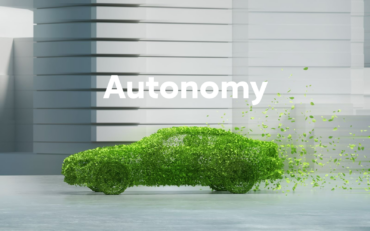 Autonomy represents the evolving capability of vehicles to perform driving functions with decreasing human intervention. Modern autonomous systems leverage an integrated network of sensors, cameras, radar, LiDAR, and artificial intelligence to perceive their environment, make decisions, and control vehicle operations. The technology exists on a spectrum from driver assistance features like adaptive cruise control to fully self-driving vehicles that require no human input. Beyond the technical aspects, autonomy in automotive technology raises important questions about safety standards, liability frameworks, infrastructure requirements, and the changing relationship between humans and machines. As these systems continue to mature, they promise to transform mobility by potentially reducing accidents, increasing accessibility, and reimagining how we utilize transportation in our daily lives.
Autonomy represents the evolving capability of vehicles to perform driving functions with decreasing human intervention. Modern autonomous systems leverage an integrated network of sensors, cameras, radar, LiDAR, and artificial intelligence to perceive their environment, make decisions, and control vehicle operations. The technology exists on a spectrum from driver assistance features like adaptive cruise control to fully self-driving vehicles that require no human input. Beyond the technical aspects, autonomy in automotive technology raises important questions about safety standards, liability frameworks, infrastructure requirements, and the changing relationship between humans and machines. As these systems continue to mature, they promise to transform mobility by potentially reducing accidents, increasing accessibility, and reimagining how we utilize transportation in our daily lives.
Infrastructure
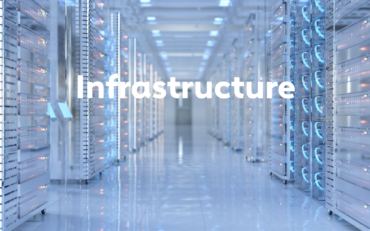 Infrastructure encompasses the physical and digital ecosystem that enables connected and autonomous vehicles to function safely and efficiently. This includes roadway sensor networks, high-definition mapping systems, traffic management centers, 5G and dedicated short-range communication networks, electric vehicle charging stations, and edge computing facilities. Modern automotive infrastructure integrates traditional physical elements with data-processing capabilities, creating “smart roads” that can communicate with vehicles in real-time about hazards, traffic conditions, and optimal routing. The development of this interconnected infrastructure represents a significant challenge requiring coordination between public and private sectors, standardization efforts, cybersecurity protocols, and substantial investment. As vehicles become increasingly digital and autonomous, this supporting infrastructure becomes as crucial as the in-vehicle technology itself, forming the backbone that will determine how quickly and effectively next-generation mobility systems can be deployed across diverse urban and rural environments.
Infrastructure encompasses the physical and digital ecosystem that enables connected and autonomous vehicles to function safely and efficiently. This includes roadway sensor networks, high-definition mapping systems, traffic management centers, 5G and dedicated short-range communication networks, electric vehicle charging stations, and edge computing facilities. Modern automotive infrastructure integrates traditional physical elements with data-processing capabilities, creating “smart roads” that can communicate with vehicles in real-time about hazards, traffic conditions, and optimal routing. The development of this interconnected infrastructure represents a significant challenge requiring coordination between public and private sectors, standardization efforts, cybersecurity protocols, and substantial investment. As vehicles become increasingly digital and autonomous, this supporting infrastructure becomes as crucial as the in-vehicle technology itself, forming the backbone that will determine how quickly and effectively next-generation mobility systems can be deployed across diverse urban and rural environments.
Components
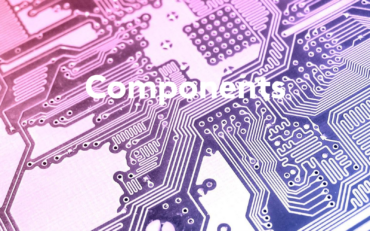 Components comprise the essential hardware and software elements that enable modern vehicle functionality and connectivity. These include electronic control units (ECUs), microprocessors, sensors (ultrasonic, radar, LiDAR, cameras), GPS receivers, vehicle-to-everything (V2X) communication modules, and human-machine interfaces like touchscreens and voice recognition systems. Advanced driver assistance systems (ADAS) rely on specialized components such as vision processors and machine learning accelerators to interpret sensory data in real-time. Software components are equally critical, encompassing operating systems, middleware, applications, and over-the-air update capabilities that allow for continuous improvement without hardware replacements. As vehicles evolve into software-defined platforms, these digital components are increasingly modular and integrated, with cybersecurity features embedded at every level. The automotive supply chain has transformed accordingly, with traditional parts manufacturers now working alongside semiconductor companies and software developers to create the sophisticated component ecosystems that power tomorrow’s intelligent transportation.
Components comprise the essential hardware and software elements that enable modern vehicle functionality and connectivity. These include electronic control units (ECUs), microprocessors, sensors (ultrasonic, radar, LiDAR, cameras), GPS receivers, vehicle-to-everything (V2X) communication modules, and human-machine interfaces like touchscreens and voice recognition systems. Advanced driver assistance systems (ADAS) rely on specialized components such as vision processors and machine learning accelerators to interpret sensory data in real-time. Software components are equally critical, encompassing operating systems, middleware, applications, and over-the-air update capabilities that allow for continuous improvement without hardware replacements. As vehicles evolve into software-defined platforms, these digital components are increasingly modular and integrated, with cybersecurity features embedded at every level. The automotive supply chain has transformed accordingly, with traditional parts manufacturers now working alongside semiconductor companies and software developers to create the sophisticated component ecosystems that power tomorrow’s intelligent transportation.
Software
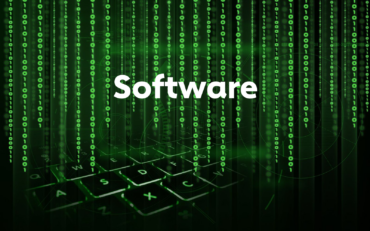 Software has evolved from basic control systems to the essential intelligence of modern vehicles. Today’s automotive software includes operating systems, middleware, and applications that manage everything from engine performance to user interfaces. The industry has shifted toward modular architectures that enable over-the-air updates, continuously enhancing functionality without hardware changes. Advanced algorithms power autonomous capabilities through perception and decision-making modules, processing data from multiple sensors. As vehicles become “computers on wheels,” automotive manufacturers have adopted new development practices like agile methodologies and rigorous safety certification. This shift has fundamentally changed industry dynamics, with software expertise now as critical as mechanical engineering in vehicle design and production.
Software has evolved from basic control systems to the essential intelligence of modern vehicles. Today’s automotive software includes operating systems, middleware, and applications that manage everything from engine performance to user interfaces. The industry has shifted toward modular architectures that enable over-the-air updates, continuously enhancing functionality without hardware changes. Advanced algorithms power autonomous capabilities through perception and decision-making modules, processing data from multiple sensors. As vehicles become “computers on wheels,” automotive manufacturers have adopted new development practices like agile methodologies and rigorous safety certification. This shift has fundamentally changed industry dynamics, with software expertise now as critical as mechanical engineering in vehicle design and production.
© Copyright 2025 IEEE – All rights reserved.
